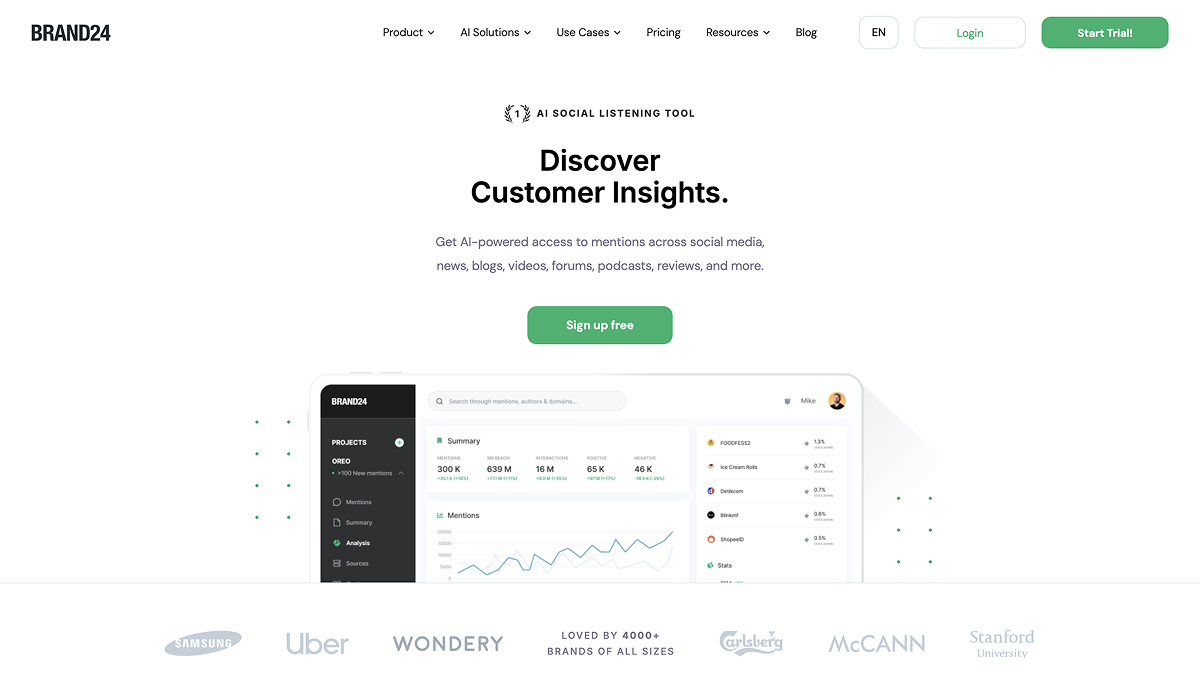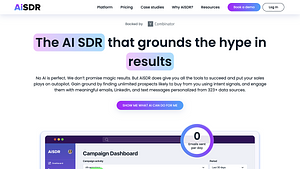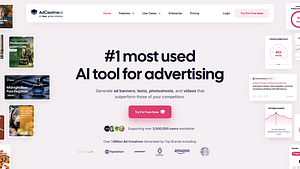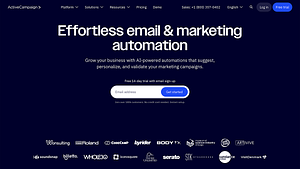
1. Understanding Brand Reputation and Its Importance
Brand reputation refers to the perception that consumers, stakeholders, and the public have about a brand, which can significantly influence their purchasing decisions and overall trust. In an era where information travels quickly and social media amplifies voices, understanding and managing brand reputation has become crucial for businesses. A positive brand reputation fosters customer loyalty, encourages repeat business, and can even justify premium pricing. On the other hand, a negative reputation can lead to decreased sales, loss of customer trust, and a tarnished image that can take years to repair.
One effective way to monitor and manage brand reputation is through tools like Brand24.com. This platform provides businesses with real-time insights into what is being said about them online, allowing for immediate response to both positive and negative feedback. By analyzing social media mentions, reviews, and blog posts, companies can gauge public sentiment and identify potential issues before they escalate. This proactive approach not only helps in maintaining a positive online presence but also aids in building a stronger connection with customers who feel heard and valued.
Moreover, the importance of brand reputation extends beyond immediate financial implications. A strong reputation can lead to increased brand equity, which is the value added to a product or service based on consumers' perception of the brand. This can manifest in various ways, such as improved partnerships, enhanced employee morale, and better customer relationships. In a competitive market, leveraging tools like Brand24.com to monitor and improve brand reputation is not just beneficial; it is essential for long-term success and sustainability in any industry.
2. Measuring Brand Awareness: Key Metrics to Consider
Measuring brand awareness is crucial for understanding how well your brand resonates with your target audience. One of the key metrics to consider when assessing brand awareness is reach. This metric indicates the number of unique individuals who have encountered your brand's content or messaging within a specific timeframe. Tools like brand24.com can help track this metric by providing insights into social media mentions, website visits, and other digital interactions. By monitoring reach, businesses can gauge the effectiveness of their marketing strategies and identify areas for improvement.
Another important metric to evaluate is engagement, which reflects how actively audiences interact with your brand. Engagement can take many forms, including likes, shares, comments, and click-through rates. High engagement levels typically suggest that your content resonates with your audience, which enhances brand recall and loyalty. Utilizing analytics from platforms like brand24.com allows businesses to dissect engagement patterns and determine which content types drive the most interaction. This insight can inform future campaigns and help create more targeted and effective marketing initiatives.
Finally, sentiment analysis is a critical metric in measuring brand awareness. This involves assessing the tone of the conversations surrounding your brand—whether they are positive, negative, or neutral. Monitoring sentiment can provide valuable context to your reach and engagement metrics, helping you understand not just how many people are aware of your brand, but also how they feel about it. Tools such as brand24.com offer sentiment analysis features that can automate this process, allowing businesses to respond swiftly to public perception and adjust their strategies accordingly. By combining reach, engagement, and sentiment analysis, brands can gain a comprehensive understanding of their awareness levels and make informed decisions to enhance their market presence.
3. Leveraging Customer Insights for Improved Engagement
Customer insights are a goldmine for businesses looking to enhance engagement and foster loyalty. By utilizing tools like brand24.com, companies can track online mentions, analyze customer sentiment, and gather valuable feedback. This real-time data allows organizations to understand their audience's preferences, pain points, and behaviors, enabling them to tailor their marketing strategies effectively. The ability to tap into these insights not only enhances communication with customers but also helps in creating content that resonates with them, ultimately driving higher engagement rates.
Moreover, leveraging customer insights facilitates personalized marketing efforts. With the data gathered from platforms such as brand24.com, businesses can segment their audience based on various characteristics and tailor messaging accordingly. For example, if a company identifies a specific demographic showing increased interest in a particular product or service, they can craft targeted campaigns that speak directly to that group. This level of personalization not only increases the chances of capturing attention but also fosters a deeper connection with the brand, as customers feel understood and valued.
Finally, monitoring and responding to customer feedback in real time can be a game changer for engagement strategies. Brand24.com allows businesses to keep a pulse on customer discussions and sentiment, enabling them to address concerns promptly and effectively. By actively engaging with customers who share their thoughts online, whether positive or negative, brands can demonstrate their commitment to customer satisfaction. This responsiveness not only improves relationships but also encourages other consumers to engage, knowing their voices will be heard. In conclusion, leveraging customer insights through tools like brand24.com is essential for creating a more engaging and personalized customer experience.
4. Analyzing Competitors: Tools and Strategies
In the competitive landscape of digital marketing, understanding your competitors is crucial for developing effective strategies. One powerful tool that can aid in this analysis is Brand24.com. This platform specializes in social media monitoring and online reputation management, allowing businesses to track their competitors’ activities and understand their market positioning. By utilizing Brand24.com, you can gain insights into what your competitors are saying, how they engage with their audience, and the overall sentiment surrounding their brand. This information can help you identify gaps in your own strategy and uncover opportunities for improvement.
To effectively analyze your competitors using Brand24.com, start by setting up alerts for specific keywords related to your competitors and their products. This feature enables you to monitor mentions in real-time across various platforms, including social media, blogs, and forums. By reviewing this data, you can assess the effectiveness of your competitors’ marketing campaigns, identify their strengths and weaknesses, and understand which strategies resonate with their audience. Moreover, analyzing the engagement metrics, such as shares and comments, can provide a clearer picture of what content performs well, allowing you to tailor your own content strategy accordingly.
In addition to monitoring social media, it’s important to implement broader analytical strategies. Utilize tools like Brand24.com to evaluate your competitors’ website performance, backlink profiles, and search engine rankings. This can be done through features like the “Web Monitor,” which tracks mentions and backlinks, helping you gauge the effectiveness of your competitors' SEO efforts. By combining insights from Brand24.com with other analytical tools, you can create a comprehensive view of your competitive landscape. This enables you to make informed decisions, adjust your marketing strategies, and ultimately enhance your brand's visibility and engagement in the marketplace.
5. The Power of Real-Time Monitoring in Brand Management
In today's digital landscape, the importance of real-time monitoring in brand management cannot be overstated. Tools like brand24.com empower businesses to keep a constant pulse on online conversations, enabling them to respond swiftly to customer feedback, emerging trends, and potential crises. Real-time monitoring allows brands to track mentions across various platforms, from social media to blogs and forums, ensuring they are always aware of their public perception. This proactive approach not only enhances customer engagement but also strengthens brand loyalty, as consumers appreciate brands that listen and respond to their needs.
Moreover, the integration of real-time monitoring into brand management strategies leads to more informed decision-making. By analyzing real-time data from brand24.com, companies can identify which content resonates with their audience, understand sentiment, and tailor their marketing efforts accordingly. This immediate access to insights helps brands stay ahead of competitors and adapt their strategies in real time, maximizing their impact. For instance, if a product is receiving negative feedback, brands can quickly address the issue and mitigate potential damage, turning a negative situation into a positive opportunity for customer engagement.
Additionally, real-time monitoring facilitates the identification of influencers and brand advocates within the market. By leveraging the insights gained from platforms such as brand24.com, businesses can discover who is talking about their brand and how they can collaborate with these key individuals to amplify their message. This strategy not only boosts brand visibility but also fosters a sense of community among consumers, encouraging organic growth and loyalty. In conclusion, the power of real-time monitoring in brand management is undeniable; it equips brands with the tools needed to navigate the complexities of the digital world and maintain a strong, positive presence.



